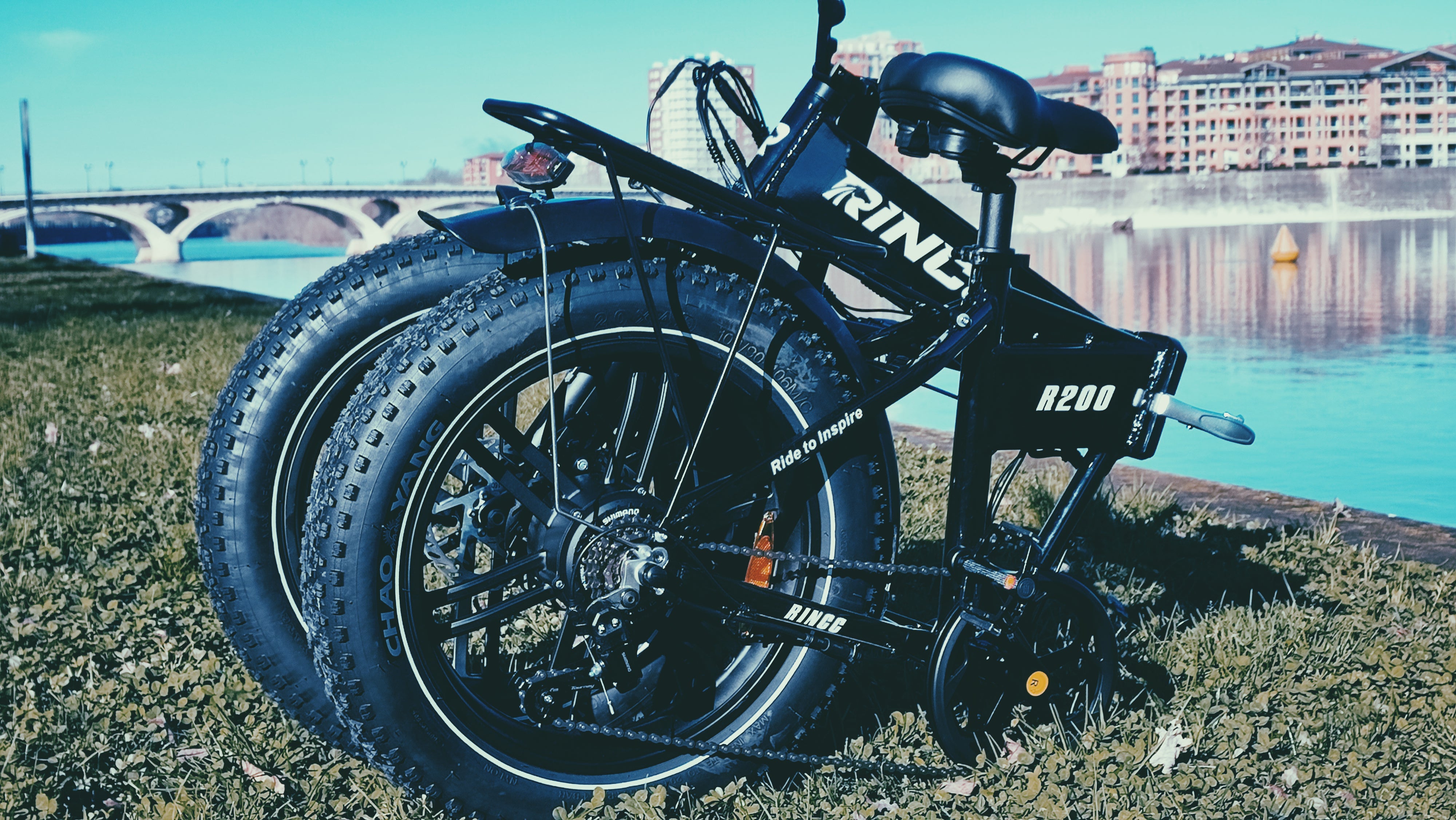Transporting your electric bike (e-bike) safely and efficiently requires careful planning, especially considering the added weight and unique dimensions of e-bikes. Whether you're heading out for an adventure, relocating, or taking your e-bike for maintenance, choosing the right transport method is crucial to protect your investment.
Common Challenges in E-Bike Transportation
E-bikes typically weigh between 20 to 30 kg, with some models exceeding this range. Their robust frames, designed to house batteries and motors, often feature thicker tubing and wider tires, which may not be compatible with standard bike racks. Transporting multiple e-bikes side by side can also pose challenges due to their combined width.
Evaluating Transport Methods
Roof-Mounted Racks: Not Ideal for E-Bikes
Drawbacks:
-
High Lifting Requirement: Lifting a heavy e-bike onto a roof rack can be physically demanding and risky.
-
Increased Vehicle Height: Adds to the vehicle's height, potentially causing clearance issues in garages or underpasses.
-
Stability Concerns: Elevates the vehicle's center of gravity, affecting handling and increasing the risk of accidents.
Conclusion: Due to these factors, roof-mounted racks are generally unsuitable for e-bike transportation.
Rear Trunk Racks: Limited Suitability
Advantages:
-
Ease of Installation: Simpler to mount compared to roof racks.
-
Lower Lifting Height: Requires less effort to load the bike.
Disadvantages:
-
Weight Limitations: May not support the heavier weight of e-bikes, risking damage to the vehicle's trunk or hatch.
-
Obstructed Visibility: Can block rearview mirrors or license plates.
Conclusion: Suitable for lighter e-bikes and short distances but not recommended for heavier models or long trips.
Hitch-Mounted Racks: The Preferred Choice
Benefits:
-
Designed for Heavy Loads: Specifically built to handle the weight of e-bikes, ensuring secure transport.
-
Ease of Loading: Lower height makes it easier to load and unload bikes.
-
Versatility: Many models accommodate various frame sizes and tire widths.
Considerations:
-
Vehicle Compatibility: Requires a hitch receiver on your vehicle.
-
Weight Limits: Ensure the combined weight of the rack and e-bikes does not exceed the hitch's capacity.
Conclusion: Hitch-mounted racks are the most reliable and safe option for transporting e-bikes, especially over long distances.
Tips for Safe E-Bike Transportation
-
Remove the Battery: Detaching the battery reduces weight and prevents potential damage during transit.
-
Secure the Bike Properly: Use additional straps to ensure the bike is firmly attached to the rack.
-
Protect Sensitive Components: Cover displays and other electronic parts to shield them from dust and moisture.
-
Check Local Regulations: Ensure compliance with any local laws regarding bike transportation on vehicles.
Rincc Foldable E-Bikes: A Convenient Alternative
For those seeking a hassle-free transportation solution, Rincc offers a range of foldable e-bikes that are easy to store and transport without the need for external racks.
Rincc R200: Compact and Powerful
-
Design: 20" folding fat bike, combining portability with performance.
-
Features: Lightweight frame, robust motor, and quick folding mechanism make it ideal for urban commuting and storage in tight spaces.

Rincc RN70: Versatile and Rugged
-
Design: Off-road capable with a sturdy frame and dual suspension.
-
Features: Despite its rugged build, it folds down compactly, allowing for easy transport in a car boot or public transport.

By choosing a foldable e-bike from Rincc, you eliminate many of the challenges associated with transporting traditional e-bikes, making your travel experience smoother and more convenient.
For more information on Rincc's range of foldable e-bikes and accessories, visit our website: www.rinccbike-eu.com


Share:
What Role Does the Display Play on an Electric Bike?
What Should You Know About Riding an E-Bike with Gears?